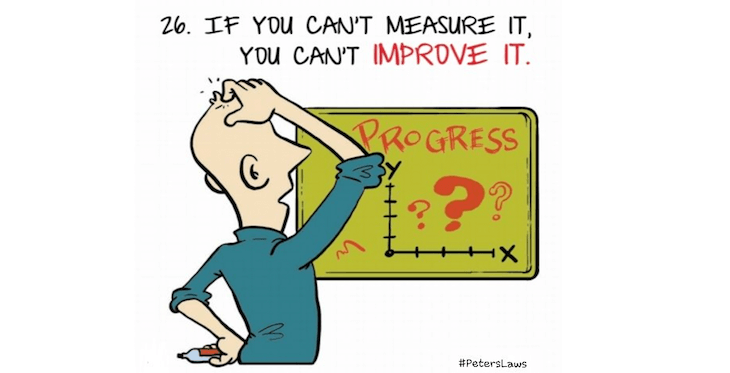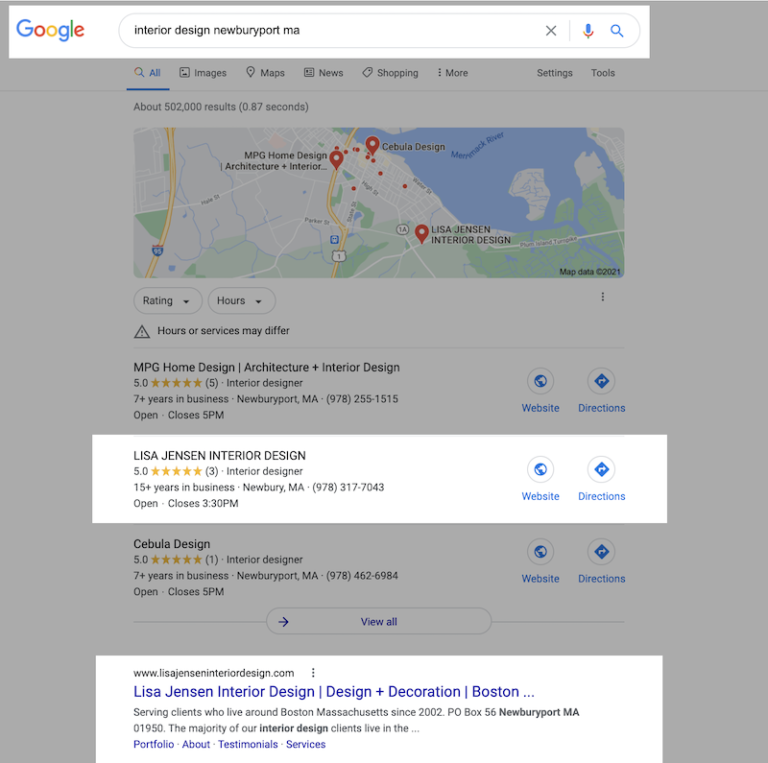(350 ÷ 500) x 100 = 70%
Before You Get Started
Say you typically gain 50 new customers in a week (your benchmark), but the week you run a promotion, you gain 75. Your calculation would look like this:
This shows that, due to running your promotion for one month, your business experienced a 37.5% lift in sales.

Break Even Point = Overall Campaign Cost ÷ Per Product Margin
Return On Investment
Another important metric to track is the number of people who actually redeemed your offer or took advantage of your sale. This will tell you how attractive the discount actually was to your customers. You can find your redemption rate using the same formula you use for conversion rates:

ROI = ((Total Money Earned – Overall Campaign Cost) ÷ Overall Campaign Cost)) x 100Prior to running any type of promotional campaign, make a note of the typical rate of new customer acquisitions, website traffic, and sales volume you see in the amount of time your promotion is set to run. This data will serve as a valuable benchmark that you can compare to your rates during and after the promotion.
You can also compare your total number of new email addresses gained during the promotion to your benchmark to find whether there was an overall lift in new customers. This can be found using the Percent Lift Formula. In terms of new customers, the formula looks like this:
Because you earned twice the amount you spent to promote your product, your return on investment is 100%.
Redemption Rate
Say you have run a promotional campaign for one of your products, earning ,000 total after spending 0 on promotional materials. Your calculation would look like this:

Redemption Rate = (Number of Times the Promo was Redeemed ÷ Number of People who Saw the Promo) x 100Say you sent a discount code to your email marketing list. If 3,000 people saw the email and the discount code was used 600 times, your calculation would look like this:
((1,000 – 500) ÷ 500) x 100 = 100%
This demonstrates that, while running your promotion, your business experienced a 50% lift in new customers. One often overlooked metric that can be useful is the number of first-time customers you acquired by running the promotion. While there is always a chance that new customers gained through a promotion are deal seekers, it is still valuable to have captured their email address so that you can reach them for future marketing endeavors.
You should also calculate your break even point so that you can see how well your promotion is doing at certain points during its run. This information can help you decide whether you should make any adjustments to your working strategy. Calculate the break even point using this formula:

% New Customers from Promo = (Number of New Email Addresses that Used Promo ÷ Total Number of New Email Addresses in the Promo Time Period) x 100((275 – 200) ÷ 200) x 100 = 37.5%
Say that you normally observe 12,000 site visitors per month, but in the month that you run a promotion, you observe 17,000. Your calculation would look like this:
This shows that 70% of the new customers you acquired during your promotion’s run likely purchased because of the promotion.
New Customer Lift
((17,000 – 12,000) ÷ 12,000) x 100 = 41.67%

% New Customer Lift = ((Number of New Customers – Benchmark) ÷ Benchmark) x 100This shows that your promotion had a 20% conversion—or redemption—rate.
Another area that the Percent Lift Formula can be helpful is in regards to site traffic. This is especially helpful when you have spent a great deal of money on advertising and marketing initiatives outside of your website and existing email list. Use the following formula to find the percent lift in site traffic in a given amount of time:
There are many other metrics that can be useful in determining what aspects of your promotional campaign were successful. Does your business already generate some online buzz? Monitor the amount of buzz before and during the campaign using Google Alerts, Twitter mentions, and other sources to see your percent lift in online buzz. Did your order sizes increase during your promotion? That might indicate that your offer encouraged customers to purchase more than they intended to or normally do. Was the amount of sales not using the promotion higher than normal? That could demonstrate that customers who didn’t meet the threshold for the deal were still able to find products on your site that piqued their interest.
Sales Lift
Obtaining some of the data for this calculation may be a tricky or manual process; however, you can find the number of new customers gained through your promotion using this formula:

% Sales Lift = ((Number of New Sales – Benchmark) ÷ Benchmark) x 100While ROI is an important metric in determining how well your promotion performed, there are many other success metrics you can use to glean valuable information for your business. Once you compile a list of metrics covering different aspects of your business, you can determine what types of promotions were beneficial (or detrimental) to each—and set future goals and promotional strategies accordingly.
The most often used metric to track the effectiveness of a promotional campaign is the Return on Investment, or ROI. This metric will tell you how profitable your campaign was. Use the following formula to determine your ROI:
(600 ÷ 3,000) x 100 = 20%
Site Traffic Lift
Running a promotion such as a discount, coupon, or sale is a great way to increase interest in your products and inspire purchases you may not have obtained otherwise. Not only do these endeavors attract new customers to your brand—they can also encourage previous customers to return. However, when it comes to determining the success of a promotion, many business owners tend to focus on one metric rather than examining the whole picture. Below, we cover several different methods for evaluating how your recent campaign has performed.

% Site Traffic Lift = ((Number of Site Visitors – Benchmark) ÷ Benchmark) x 100Say you ran a discount promotion for one month, and in that timeframe you received 500 new email addresses through orders placed. If 350 of those email addresses met the criteria for your discount, your calculation would look like this:
The Percent Lift Formula can be applied to many different areas of your business, including tracking how much your sales increased during a promotion. To find the percent lift in sales specifically, use the following formula:
((75 – 50) ÷ 50) x 100 = 50%
Other Metrics
This means that your site experienced a 41.67% lift in traffic during the month you ran your promotional campaign.
In Conclusion
Say that before running a monthlong promotion, you determined that your benchmark for sales within a month is 200. If, during the month of your promotion, you had 275 sales, you would calculate your % lift in sales like this:






